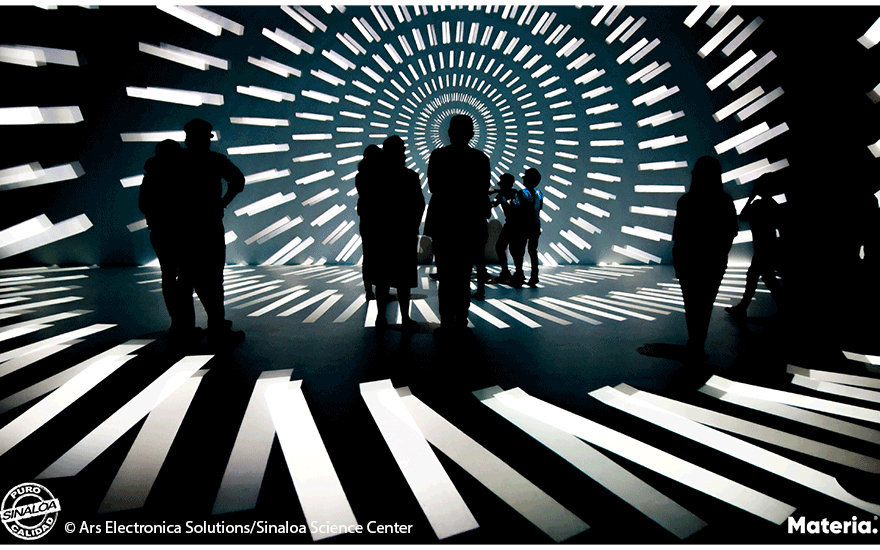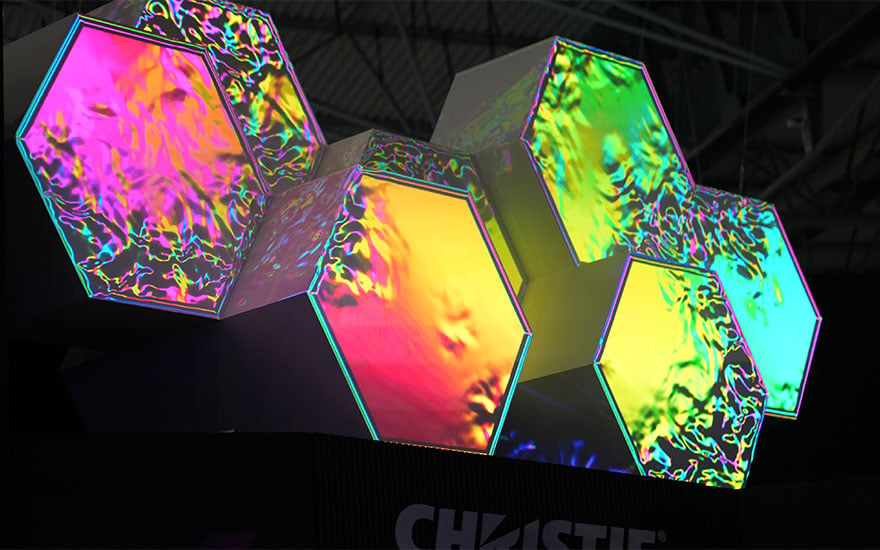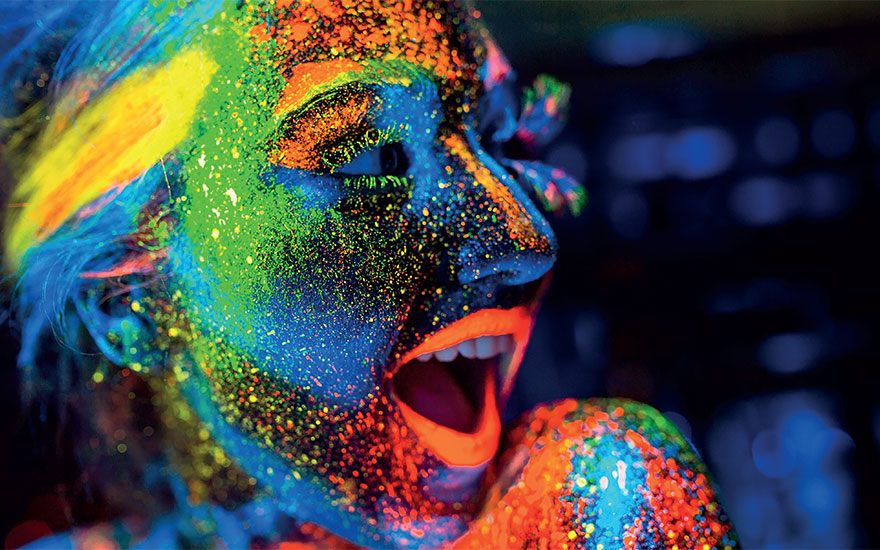We look at the impact that contrast has on projected images
Key takeaways:
- Contrast refers to the different luminance between the darkest and brightest portions of an image
- Having the right contrast ratio on your projected image ensures that images appear vivid and detailed, and that colors remain discernable.
- Contrast that is too low makes the projected image appear flat or washed out, while contrast that is too high results in a loss of detail
- There are different methods to determine projector contrast, but it is also important to test your projector with relevant content once it is set up to ensure the contrast is correct.
When we talk about image contrast, we’re generally referring to the different luminance between the darkest and lightest portions of the image. In this blog post, we’ll examine how we perceive contrast, how it’s measured, and lastly, an innovation in projection technology that impacts contrast.
Understanding contrast
Contrast is what gives projected content “snap” and “clarity”. It allows details in an image to stand out, from shades of black to the brightest whites.
But how much contrast can we perceive? An incredible amount it turns out. Our eyes can perceive about nine orders of magnitude in brightness sequentially from about 1/1000th Lux¹ (a moonless, overcast night sky) to 100,000 Lux (direct sunlight), but not all at the same time.
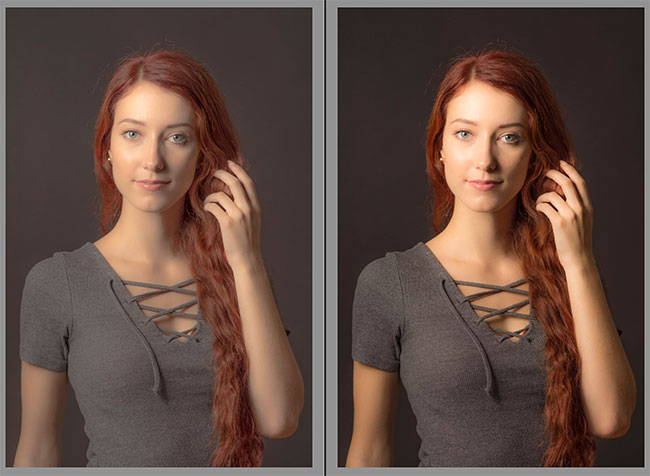
Because the range of brightness in the real world is very large, our eye-brain system reacts logarithmically with an adapted S-shaped response curve when plotting perceived brightness against actual brightness. In other words, our perception of brightness diminishes as the light intensity increases.
When we look at a low-contrast image, it can appear flat or washed out, and details aren’t easy to discern. And too much contrast can create images that look cartoon-ish, with a similar loss of detail. With proper contrast, the image is vivid, detailed, with deeper blacks and brighter whites, and more discernible colors and specular highlights
Measuring contrast in a projected image
There are different methods to determine projector contrast.
A common way to measure contrast within one scene is to display a checkerboard with black and white rectangles large enough to easily measure with a photometer. This is called “intra-frame contrast ratio” in standards parlance because it's simultaneous – all on screen at one time, within one frame, not one-at-a-time sequentially.
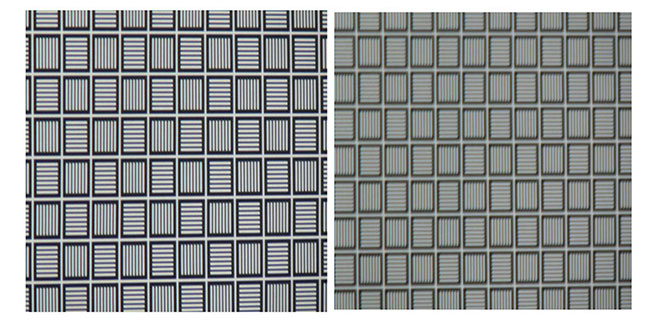
The challenge here is that, while on some projectors the contrast ratio is “technically” measured accurately, and true on-off (sequential) contrast ratio is a good measure of the system's potential, it's not the only relevant measure for system performance – because people don’t stare at test patterns! You should always look at the display once it has been set up in a comparable environment with relevant content to be able to really see its capabilities.
How do we determine the contrast ratio?
We use a similar trick as our eyes do with a non-linear curve, called a gamma curve, to expand the range of light projected. The term brightness is often confused with luminance. Luminance is the measurement of light from a surface while brightness is the subjective appearance of the surface.
In rough terms, image contrast means the ratio of measured luminance on the screen between the whitest white and the darkest black in the same units, such as footlamberts (fL). If the white area measures 200 fL and the black area measures 0.1 fL, we would call the contrast ratio 200/0.1 = 2000:1.
HDR
Let's start with the elephant in the room: in ProAV, there is no industry-wide accepted definition of high dynamic range (HDR) or performance specification for HDR displays. While there are industry standards for HDR signal types, that doesn’t mean that the display can achieve that standard. HDR compatibility just means that a display can “decode” the signal properly. Because of this, HDR is a very widely used and misused term across all types of displays.
For cinema projectors, there is the DCI HDR specification, which specifies that a display needs to achieve a min black level of 0.006 cd/m², a peak luminance of 299.6cd/m², and an on/off contrast of 60,000:1.
VDR
Let’s add another acronym to the mix. VDR, or variable dynamic range, is a new, enabling technology that optimizes cinemas. It’s comprised of a software update for our CineLife+ Series projectors with RealLaser™ illumination.
VDR enables the projector to analyze every incoming video frame in real-time, and compute and modify the output laser power as needed on every video frame. Content is optimized for contrast, black-level detail, and power savings, all while retaining the original creative intent.
As a result, images are better, not just manipulated to look that way. The technology requires no special mastering and will work with any content – VDR delivers a superior image with standard content workflows – whether it’s standard or HDR-derived cinema content (and anything in between).
Projector contrast matters
Contrast is one of the key pillars of a sharp, vivid image. As with color, frame rate, and resolution, achieving a stunning on-screen experience is possible, and may be easier than you think. If you have questions about perfecting your projected image, contact us. We’re here to help.
